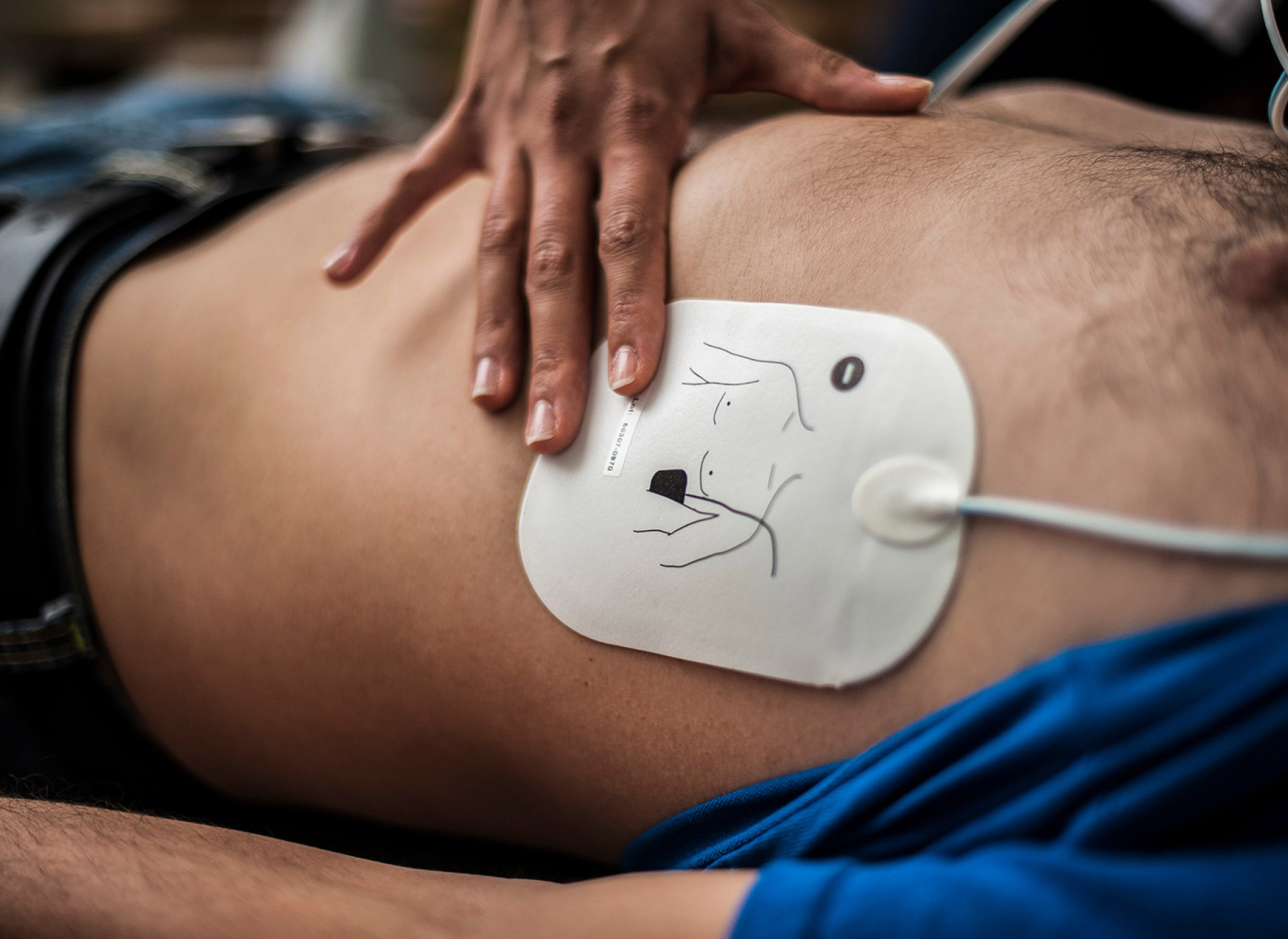Tin Foils for Defibrillators – Precise Conductivity in Emergency Medicine

Defibrillators are among the most essential devices in emergency medicine. Their task is to interrupt cardiac arrhythmias such as ventricular fibrillation with controlled electric shocks. To ensure this life-saving impulse is transmitted reliably, the components used play a decisive role. A key element here is tin defibrillator foils, which act as the conductive interface between the device electronics and the electrodes applied to the patient.
EppsteinFOILS develops and manufactures tin foils specifically optimized for the high demands of modern public-access defibrillators. Material quality, conductivity, and mechanical properties are equally in focus—because functionality in critical situations allows no compromises.
Structure and Function of Defibrillator Foils
Defibrillator foils transfer stored electrical energy evenly and with minimal loss from the device to the electrodes, forming a central interface between electronics and patient. The tin foil is often combined with flexible carriers or adhesive layers to enable easy system integration while providing mechanical stability.
The ductile properties of tin are a decisive advantage: even under significant mechanical stress or bending, the foil maintains its conductivity and shape stability. At the same time, the uniform surface quality ensures a defined contact area and thus consistent power transmission.
Material Requirements in Emergency Medicine
In first aid, conditions for materials are particularly demanding. Tin foils for defibrillators must not only be electrically conductive but also highly flexible and resistant to mechanical stress. In addition, exact thickness tolerances are required to ensure reliable integration into sensitive electronic assemblies.
For EppsteinFOILS, process reliability is paramount. Each tin foil is rolled with the highest precision to achieve uniform thickness and consistent surface quality. This guarantees reproducible results in series production and compliance with the stringent standards of medical technology.
Conductivity and Contact Quality as Key Parameters
Electrical conductivity is at the core of a defibrillator foil’s functionality. Tin offers outstanding properties, with low electrical resistance and excellent solderability and laminating capability. During production, great care is taken to avoid microscopic irregularities or inclusions that could increase contact resistance.
Moreover, the foil is processed to bond optimally with other materials—such as polymer carriers or conductive adhesives.
Flexibility and Mechanical Durability
EppsteinFOILS manufactures tin foils with a high degree of formability, preventing cracks or loss of conductivity. This ensures that the foils remain reliably functional even after repeated electrical impulses.
Process Reliability and Custom Solutions
Since defibrillators are produced in various designs and sizes, flexibility in foil manufacturing is essential. EppsteinFOILS therefore offers customized formats, thicknesses, and surface finishes tailored precisely to the technical requirements of each device design.